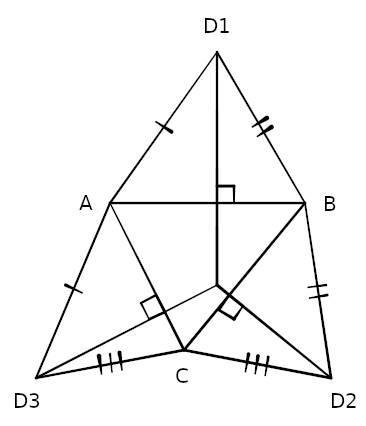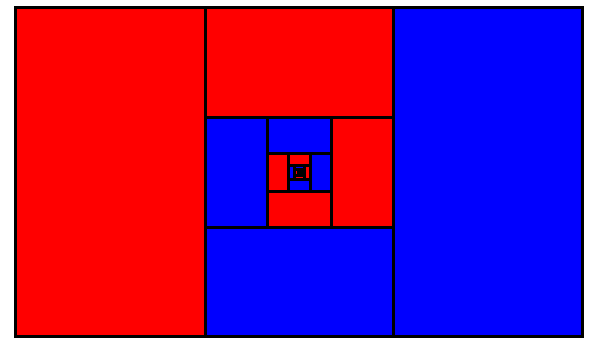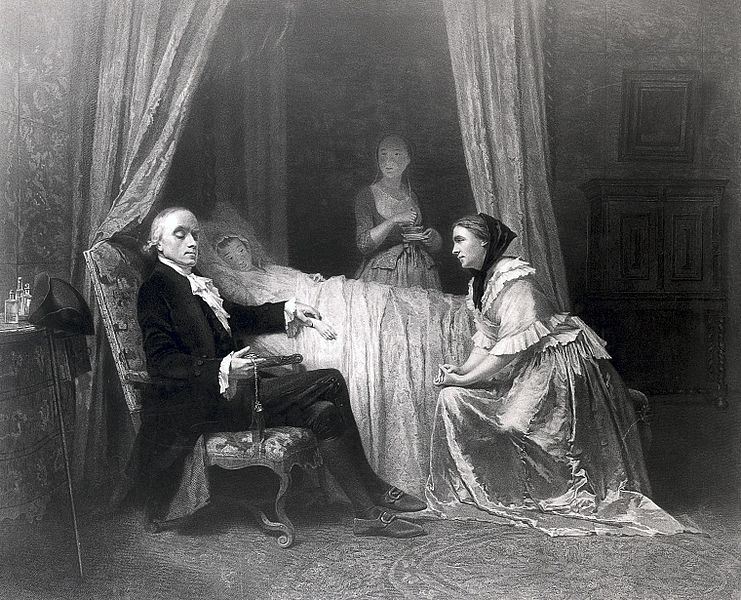Jakob von Uexküll used to say: ‘When a dog runs, the dog moves its legs; when a sea urchin runs, the legs move the sea urchin.’ This assertion was based on the following experiment reported by von Uexküll. A sea urchin was broken in half and the inner sides of both halves of the shell were scraped using sandpaper. The whole of the ambulacral system as well as the nervous system was thus completely removed. Then the two halves were joined together again by means of a spring clasp. The spines of the sea urchin still worked in coordination with one another. In this special case, the riderless horse of von Holst’s parable does indeed exist; the sea urchin’s reaction of fleeing from a star fish still functioned. And in this sense, von Uexkull’s description of a sea urchin being a ‘reflex republic’ is justified, provided one keeps in mind that the ‘reflex’ no longer plays the all-important role ascribed to it during von Uexküll’s time.
— Konrad Lorenz, The Foundations of Ethology, 1982
(Lorenz described this direct mutual influence among the peripheral organs as “a panic spreading among the spines.”)





